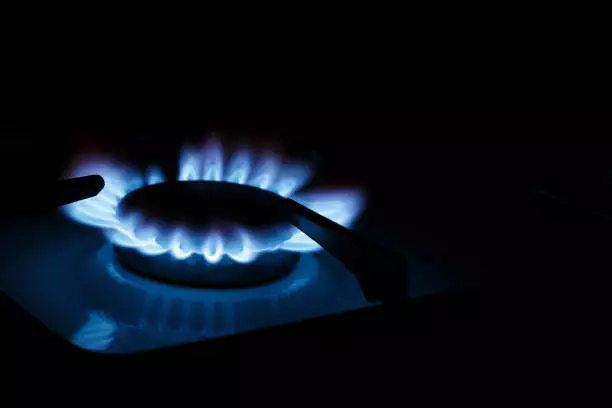As of early September, the natural gas market has experienced a striking surge, with prices rising approximately 30%. Currently hovering around the 2.95 mark, this price point is reminiscent of levels last observed at the end of June. This remarkable increase can be attributed to several market dynamics that have created a bullish sentiment among traders and investors.
A major factor propelling the demand for natural gas is the forecast of an unusually warm autumn. More specifically, the anticipation of higher temperatures has led to an expected increase in the consumption of natural gas for air conditioning systems. Such demand fluctuations are critical, especially as temperatures remain high, leading to speculation about supply constraints during peak usage periods.
Additionally, environmental concerns tied to severe weather, particularly Hurricane Helen threatening the US Gulf of Mexico, have further strained the market. The Gulf is a significant player in natural gas production, accounting for 5% of the country’s dry natural gas output. Moreover, a substantial portion—51%—of the US’s natural gas processing capabilities is concentrated in this region. Consequently, any disruptions from storms or hurricanes can result in immediate impacts on supply, pushing prices even higher.
Examining the XNG/USD chart, we see a clear upward trajectory throughout September, characterized by a consistent ascending channel. Notably, around the 20th of the month, the bullish momentum strengthened considerably. Price levels broke past the resistance zone of 2.64, establishing a foothold in the upper segment of this ascending channel. Furthermore, the mid-line of the channel has begun to exhibit support signs, suggesting that the bullish trend may have more steam to continue.
The Relative Strength Index (RSI) also points toward an overbought condition, which could indicate a temporary pullback may be on the horizon. However, despite this technical push, there appears to be no significant signs of bearish activity attempting to take control. Instead, market participants are speculating that bulls are consolidating their position for a potential breakthrough at the psychologically significant level of 3.00.
Should the bulls succeed in surpassing the 3.00 threshold, there is a possibility that prices may approach the yearly high in the 3.20 range. This forecast hinges on various factors, including weather patterns, supply chain disruptions, and additional geopolitical concerns, all of which could sway market dynamics significantly.
Investors and traders in the commodity markets should remain vigilant and informed about these developments, as shifts in supply, demand, and external events remain critical to navigating the complexities of trading natural gas futures. It is vital to approach these opportunities with a strategic mindset while considering the inherent risks associated with commodity trading.
This overview is intended for informational purposes only and should not be interpreted as financial advice. As always, individual research and exploration of reliable resources is crucial for making informed trading decisions.

